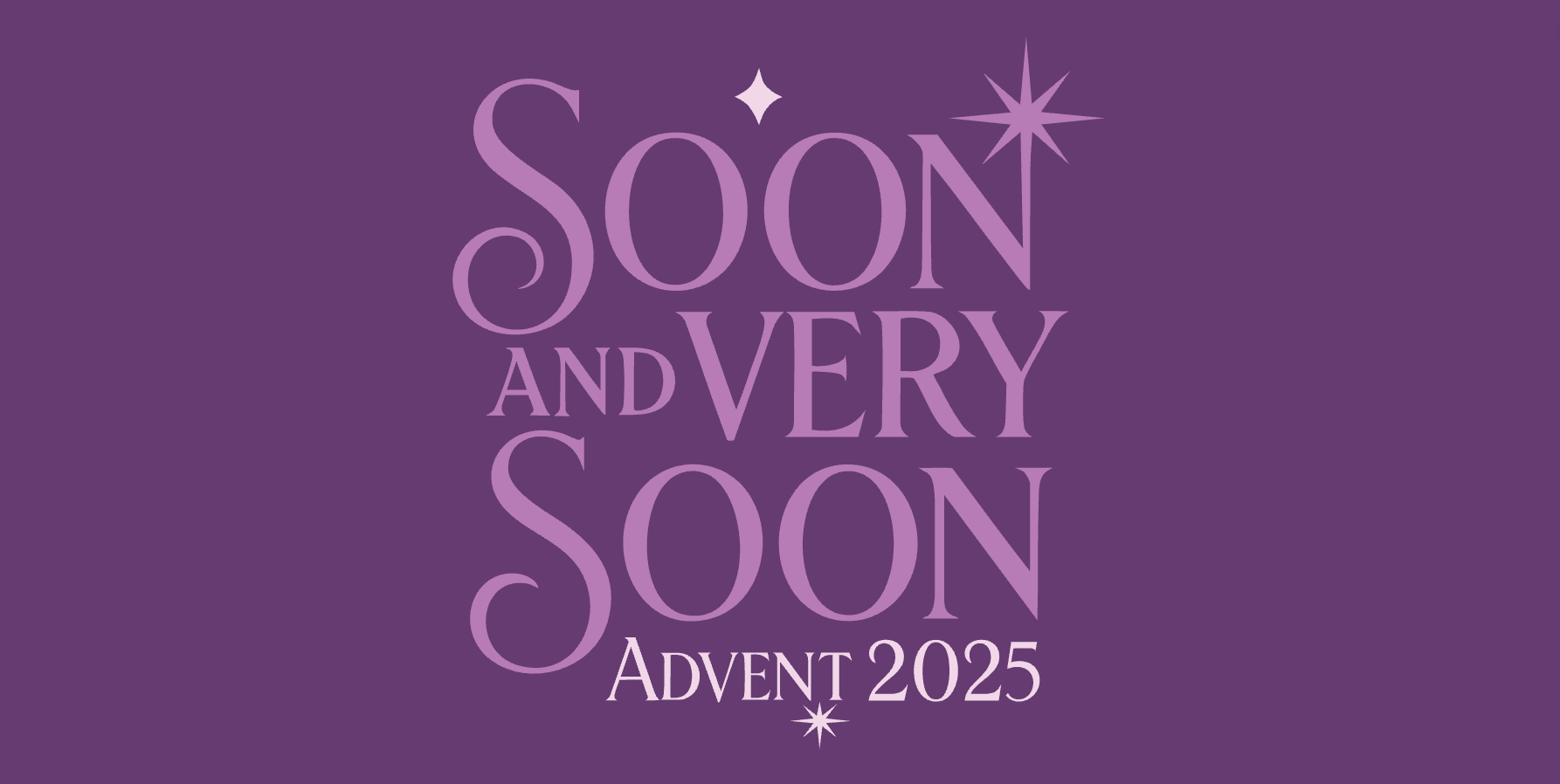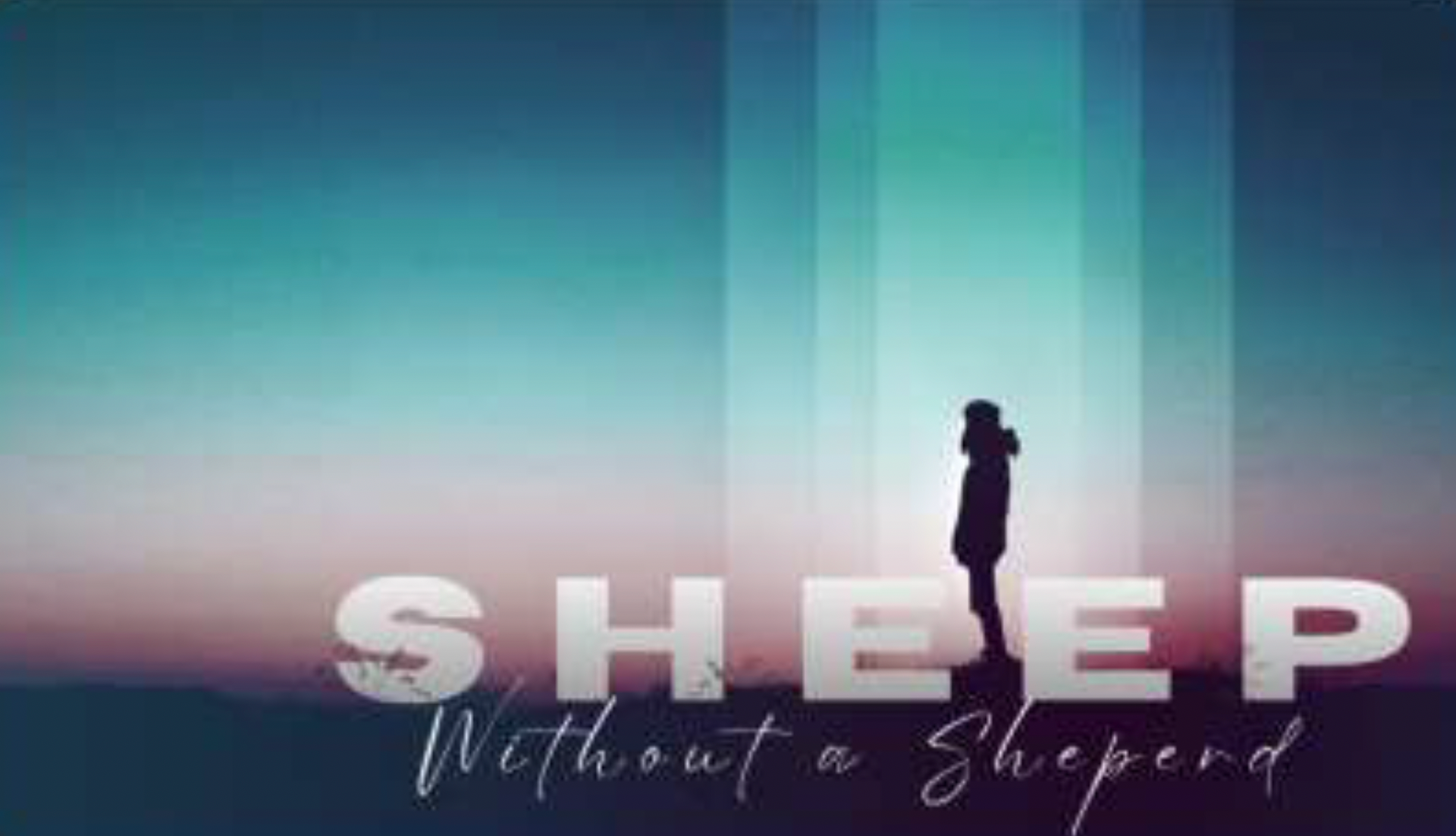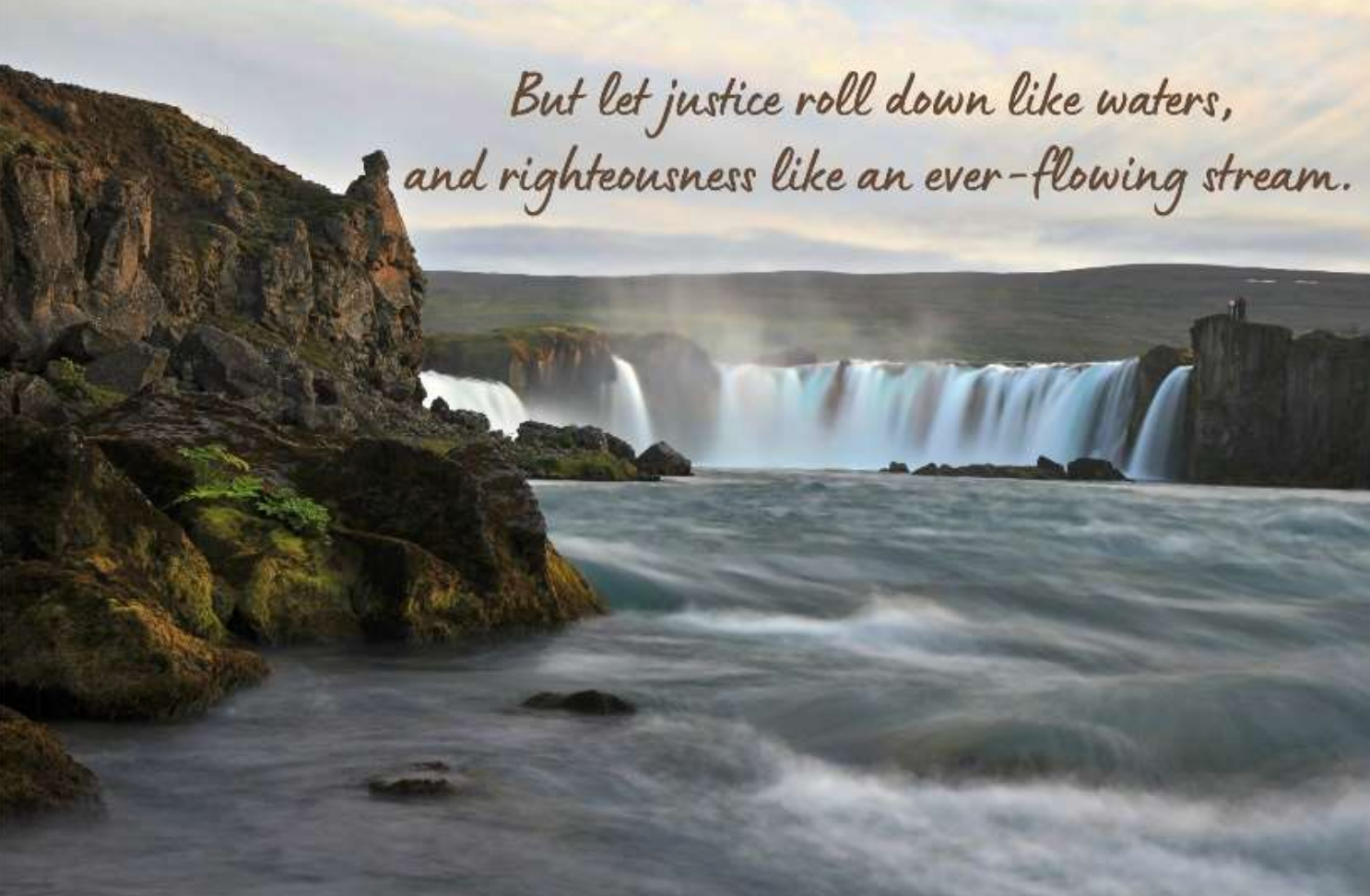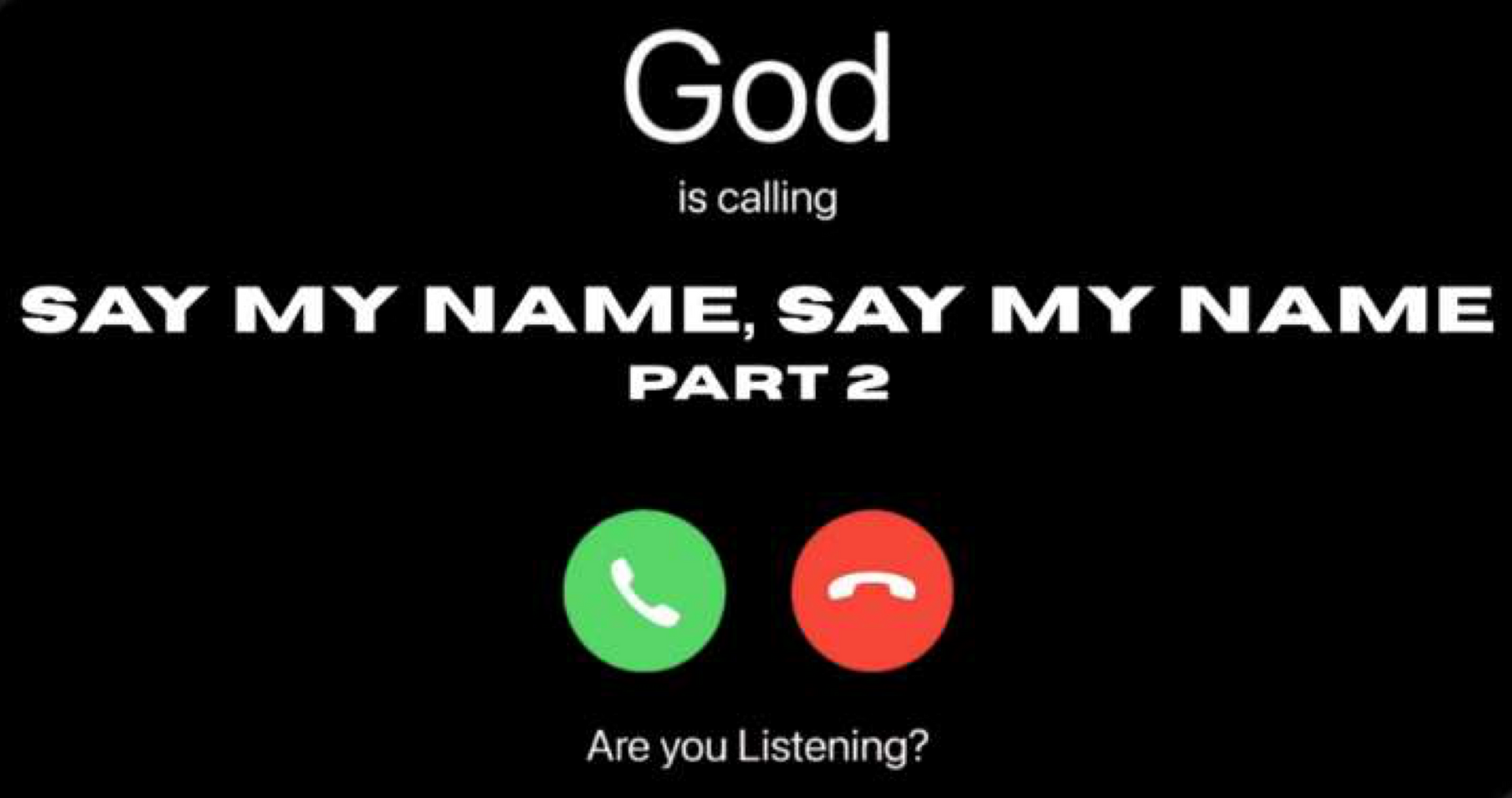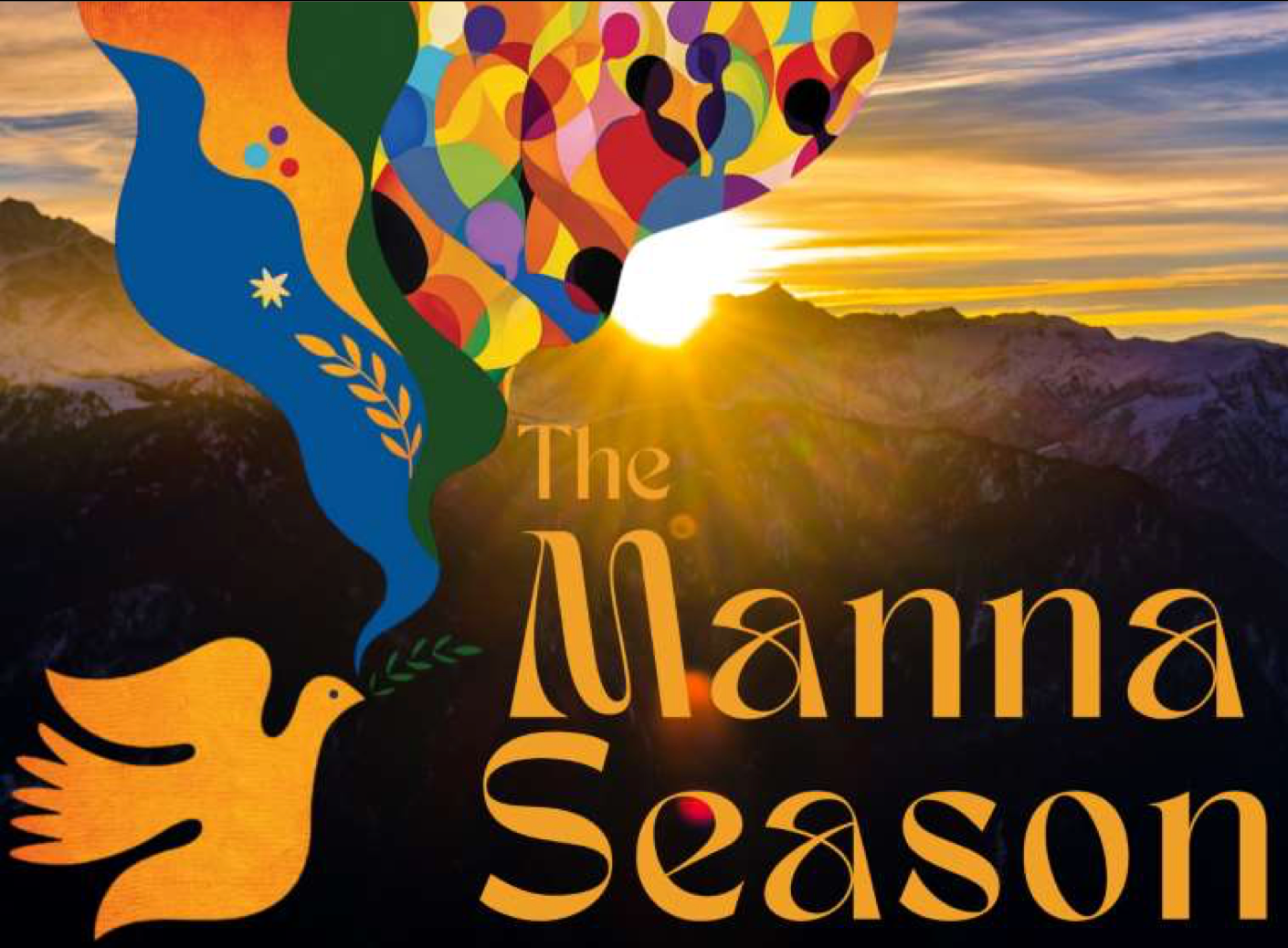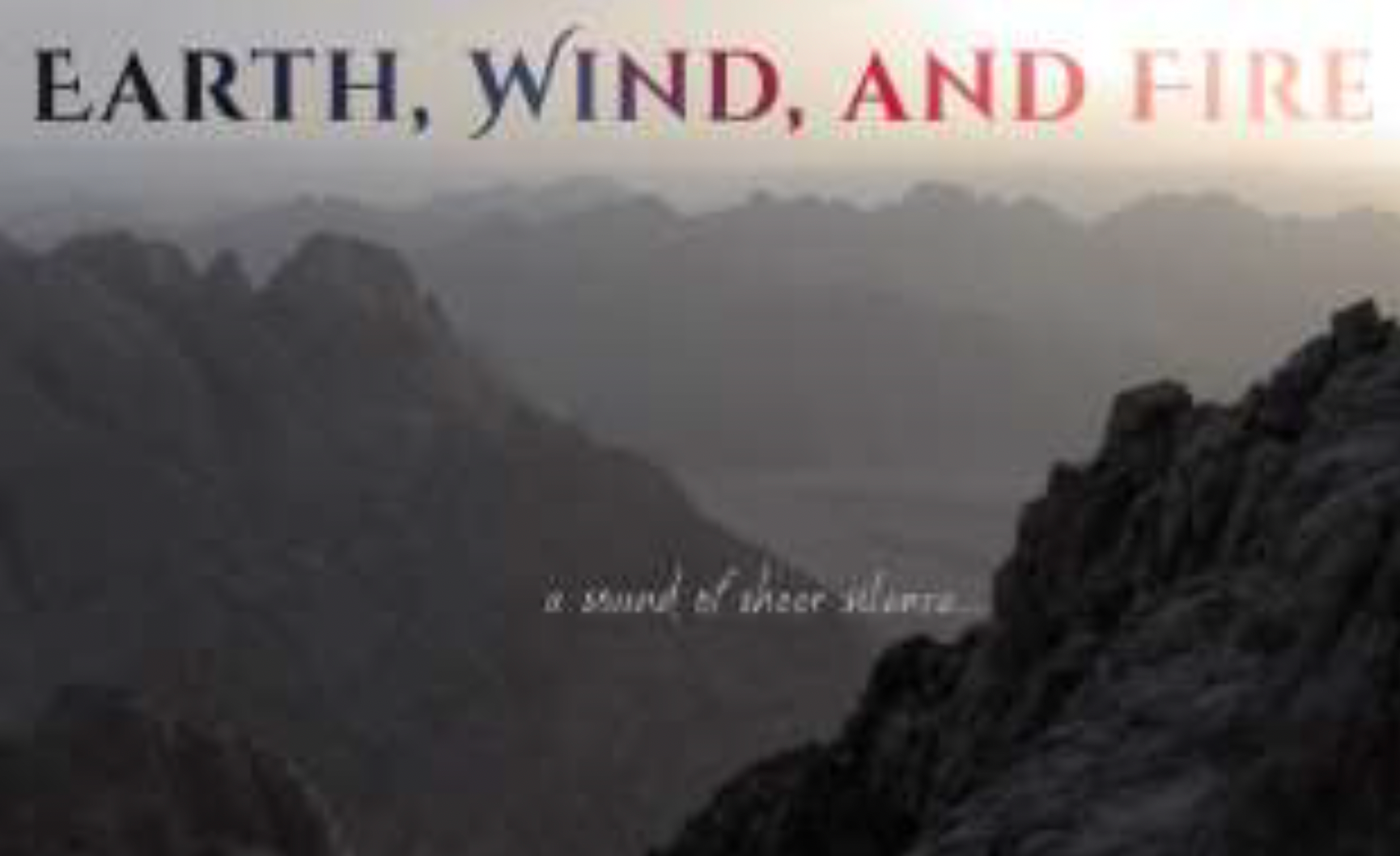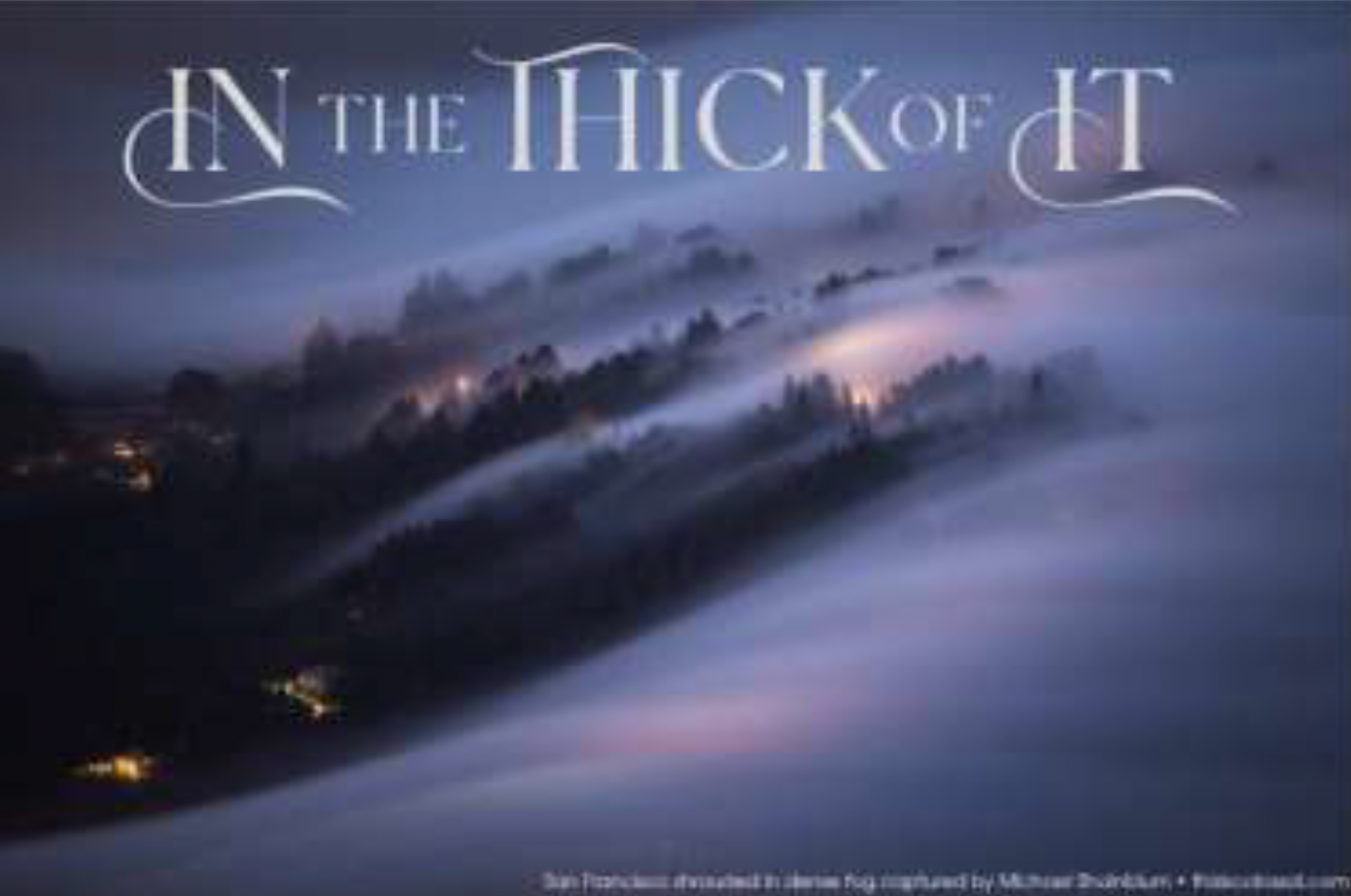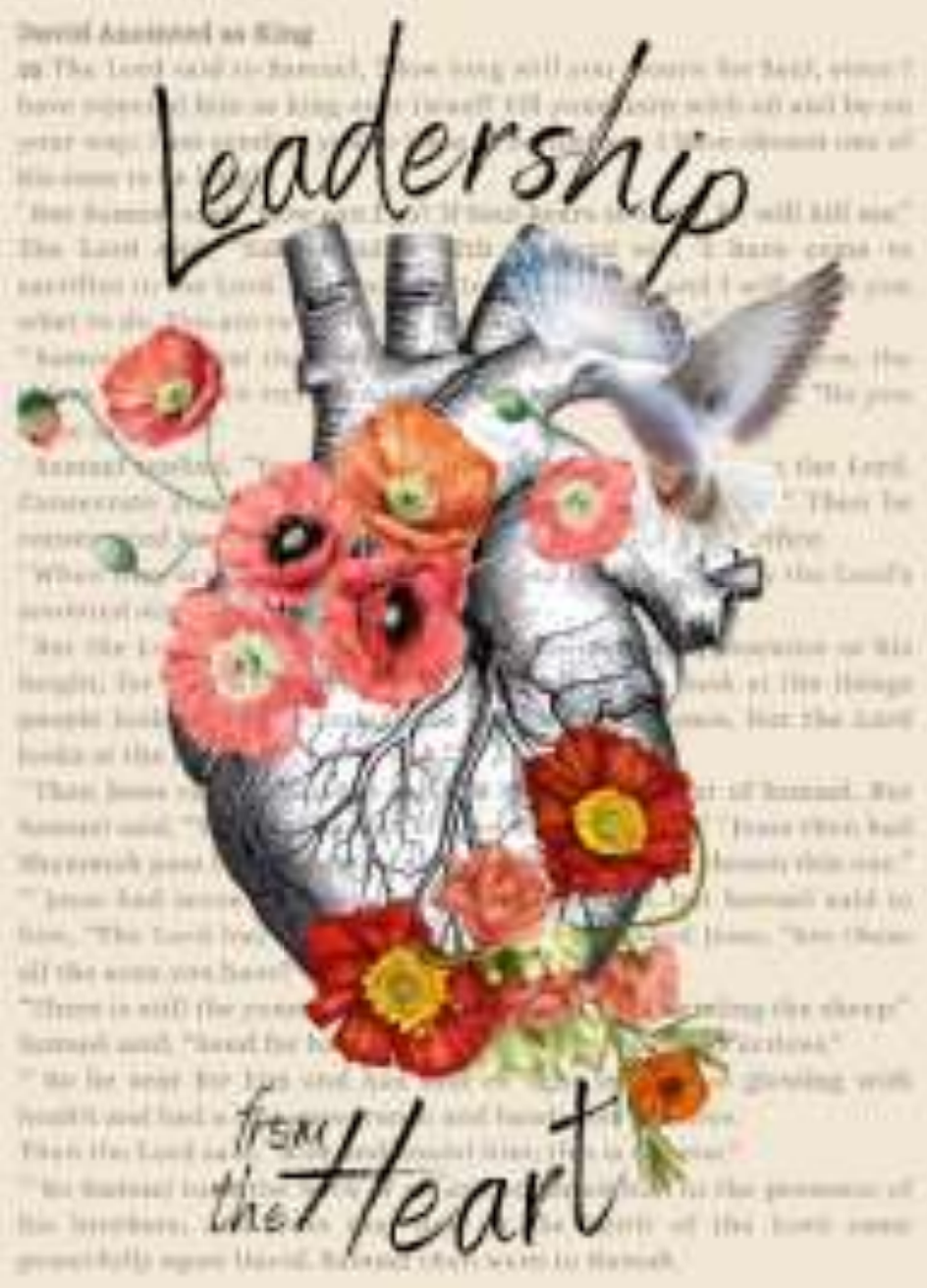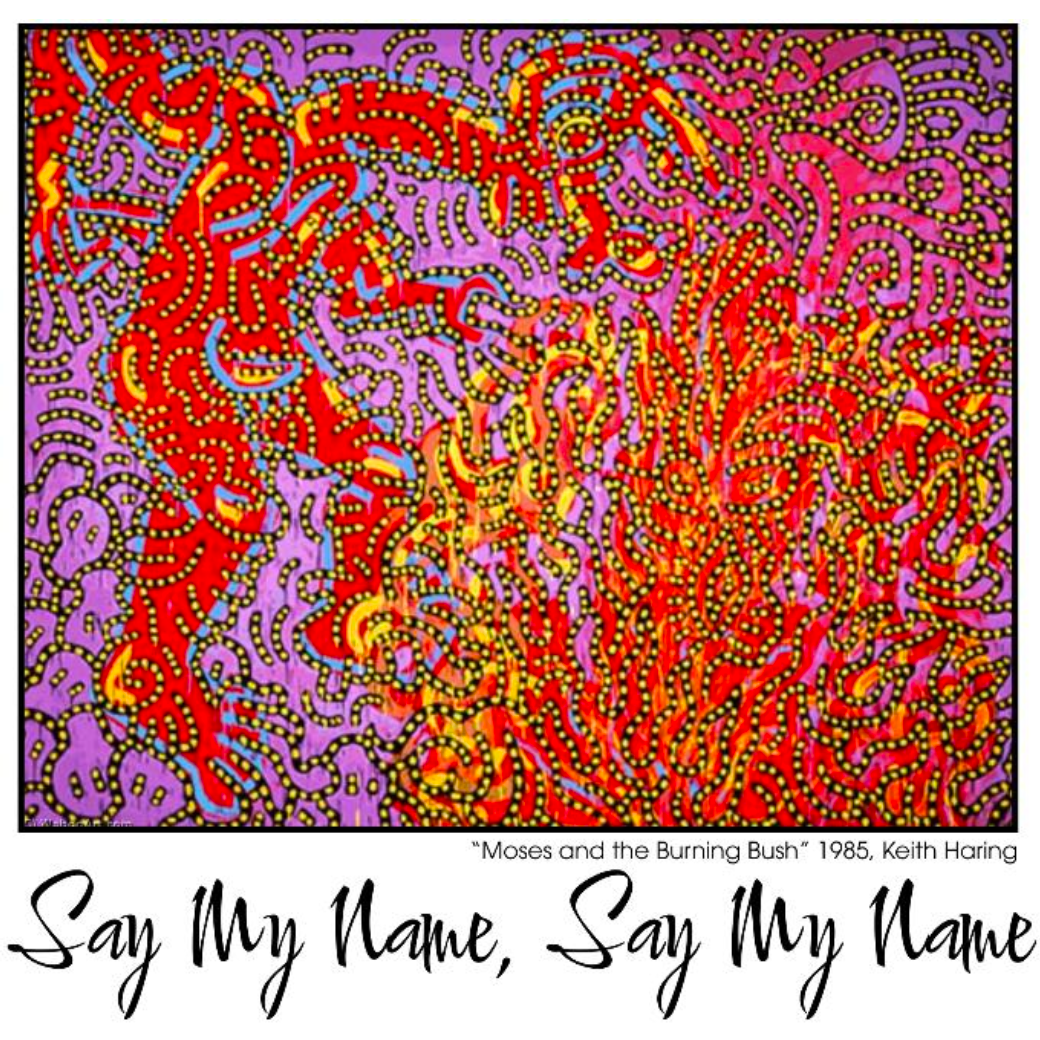Sermon 02.18.2024: Lent 1 - Christ Our Peace
Humans can tend to sometimes be grouchy folks, quick to be at odds with each other, and masterful at building walls between us. The author of Ephesians refers to Jesus as our peace. Through his life, death, and resurrection, Jesus breaks down the dividing walls we build. What does it mean to be one in Jesus? How can our faith lead to plant peace in new ways that will help us sow more shalom and wholeness in the world?
Scripture
Ephesians 2:13-18
But now in Christ Jesus you who once were far off have been brought near by the blood of Christ. For he is our peace; in his flesh he has made both groups into one and has broken down the dividing wall, that is, the hostility between us. He has abolished the law with its commandments and ordinances, so that he might create in himself one new humanity in place of the two, thus making peace, and might reconcile both groups to God in one body through the cross, thus putting to death that hostility through it. So he came and proclaimed peace to you who were far off and peace to those who were near; for through him both of us have access in one Spirit to the Father.
Sermon Text
Today we begin our Lenten sermon series about Peace, Planting Peace, Sowing Shalom.
Peace is both a simple and a complex word. We use it a lot. When we want quiet—leave me in peace. When we want conflict to stop—go make peace with your brother. When war ends—the two countries signed a peace accord.
But sometimes the absence of conflict doesn’t mean there is peace. How many times has the tension of silence felt worse than the arguing?
Some people are natural peacemakers. Some people we call peacemakers are natural conflict avoiders. Do you see the difference?
In this Lenten season, we’ll look at scripture passages that address God’s peace. And what grows when peace is what we cultivate, grow, and nurture.
Sowing shalom.
I spoke about shalom on Ash Wednesday. Shalom is a Hebrew word that means peace. It means more than that, though. It’s like Aloha—you can use it to say hello or goodbye. Shalom means wholeness, flourishing, wellness, peace, completion, atonement, restoration.
It is that understanding we should think of when we think of peace. God wants restoration of relationships, and forgiveness that lets us set down our hurt so that we may heal, giving the people we forgive the choice to do their own healing work.
We just heard a passage from Ephesians, a letter written to a group of Christians who were discovering that community is complicated and getting along with other people who love Jesus is not as easy as they thought it maybe should be.
It is a beautiful letter. Just before our passage, it says “For we are what God has made us, created in
Christ Jesus for good works, which God prepared beforehand to be our way of life.”
The author is reminding people of their createdness, of their call as part of God’s creation to do good things for the world—not to be able to boast about their good things but because it is the very reason we were created. It’s why God put us here. In community.
And in the early church there was real tension as community was created. Jews and Gentiles had different culture, different worship styles—I’ll let you figure out which group liked the pipe organ and which one wanted the praise band—and even different diets.
Every Jewish male infant was circumcised after birth, as were men when they converted. The early church was made up of circumcised Jewish men who naturally assumed that all converts to the church would likewise be circumcised. There must have been many, many letters written back and forth about that topic. You can read about it in Acts and in other letters of Paul.
We divide over different topics today, perhaps. But when you read “So then, remember that at one time you Gentiles by birth, called ‘the uncircumcision’ by those who are called ‘the circumcision’—a physical circumcision made in the flesh by human hands— 12 remember that you were at that time without Christ, being aliens from the commonwealth of Israel, and strangers to the covenants of promise, having no hope and without God in the world. 13 But now in Christ Jesus you who once were far off have been brought near by the blood of Christ.”—when you read that, you can substitute whatever divides we face today.
Remember that at one time you were called ‘the Republicans’ by those who are called ‘the
Democrats’…but now in Christ Jesus, you have been brought near….”
Remember that at one time, you were called ‘the Baptists’ by those who are called ‘the Presbyterians’….but now in Christ Jesus you have been brought near….”
Remember that at one time, you were called ‘the coastal elites’ by those who are called the ‘small town Americans’….but now in Christ Jesus you have been brought near….”
We could go on. We divide ourselves by our allegiance to sports teams, or styles of music, or economic policy, or how we feel about Taylor Swift, or or or. There is really no limit to the ways we divide ourselves.
And the author of Ephesians knows about this tendency of ours and reminds us that because of Jesus NONE of our differences are more important than what brings us together.
He doesn’t say the differences aren’t there. He says they are not the main thing. The main thing is Jesus. “For he is our peace. In his flesh he has made both groups into one and has broken down the dividing wall, that is, the hostility, between us.”
He doesn’t say that Jesus will bring us together some day. He says that Jesus has already done it. In
his life. In his death. In his resurrection.
I spoke about this last month, when Jesus said “a house divided against itself cannot stand.” And the church, over the years, has divided ourselves more times than we can count. We have forgotten that Jesus has already brought us together.
I don’t know how many of you watched the Grammy award show a few weeks ago. I don’t normally, but I’d heard Joni Mitchell, Billy Joel, and Tracy Chapman were all in the show, so I tuned in. (and now you know how old I am…)
Tracy Chapman’s first album was part of my college soundtrack. I listened to that cassette tape until it disintegrated. And the first hit off that album, Fast Car, was recorded in 2023 by Luke Combs.
Chapman is a black folk musician. Combs is a white country musician. They sang her song together at the Grammys. And I confess I did not have peace in my heart about it as it began. At first, I was mad that some country singer had the nerve to re-record a song I loved so much. And then I was upset that he thought he was worthy to share a stage with Tracy Chapman to sing HER song.
I realized that just watching a black, feminist, social activist share a stage with a white, country music artist had my brain about to explode. It did not compute. I was bringing all of my stereotypes about country music, some of which are fair and some of which are not, to my adoration of Tracy Chapman, some of which is fair and some of which is not.
And then I watched the performance. She was her usual beautiful self and her voice has only gotten better over the years. And he was taking all his cues from her. He was clearly thrilled to be sharing the stage with her.
Afterwards, he wrote this: “Tracy, I want to send my sincerest thanks to you for allowing me to be a part of your moment. Thank you for the impact you have had on my musical journey, and the musical journeys of countless other singers, songwriters, musicians, and fans alike,” the post continued, “I hope you felt how much you mean to the world that night. We were all in awe of you up there and I was just the guy lucky enough to have the best seat in the house.”
Turns out I was wrong about that country singer. He was as gracious and generous as one could be.
My angst about whether or not a white country singer deserved to be singing the song of a black folk singer is perhaps a small story, and maybe it isn’t that important in the scheme of things. Like world peace. Or the conflict in Gaza and Israel. Or the upcoming election in our country.
But I think it illustrates the challenge. Because I was worked up about it as I watched them sing. Our country has a history of white people taking credit for the work and talents of black Americans. I didn’t want to be participating in another version of that.
I want to be faithful in the big things, like anti-racism work. I also am a human being who sometimes quickly categorizes people based on silly business like the kind of music they sing. Sometimes the big things show up in the midst of the little things, like a performance at the Grammys.
This is our challenge. In real time we have to be aware of our stereotypes, our snap judgments, our emotional responses, and our words.
For he is our peace; in his flesh he has made both groups into one and has broken down the dividing wall, that is, the hostility between us.
There’s a cartoon called Jesus Eraser by David Hayward. At least one of us has used it before as a bulletin cover, I think. It shows a bunch of people holding large pencils, drawing lines of division. It shows Jesus with an equally large pencil, using the eraser to remove the lines his followers are drawing.
This is the struggle. Jesus tries to bring down the walls between us and in our culture, we seem to use
Jesus to put up walls between us.
I don’t have an easy answer. Far greater minds than mine have struggled over unity in the church and peace in our world. If it were easy, we’d have done it by now.
But that doesn’t mean it isn’t still our work to do. We can keep building walls and pretending that the people on the other side of them aren’t important to our own shalom. Or we can choose to be with Jesus, and work to dismantle the walls we’ve built that he has already removed.
It doesn’t mean any and every behavior is acceptable or that we don’t have to reckon with our misdeeds and the misdeeds of others. Our call is to plant peace in the little things so we can sow shalom in the big things.
As I said on Ash Wednesday, there is no shalom that is disconnected from the shalom of the community. You can’t have individual shalom. Shalom isn’t a private virtue.
We are connected, to each other, to the people in our community and world, and even to creation itself. How we live individually matters to us all collectively.
The author of Ephesians says that Jesus “create(d) in himself one new humanity in place of the two, thus making peace, 16and might reconcile both groups to God in one body through the cross, thus putting to death that hostility through it. 17 So he came and proclaimed peace to you who were far off and peace to those who were near…”
And if we think our divides are too big to be addressed, Ephesians goes on to use language of family, and language of building.
We are “members of the household of God, 20 built upon the foundation of the apostles and prophets, with Christ Jesus himself as the cornerstone. 21 In him the whole structure is joined together and grows into a holy temple in the Lord; 22 in whom you also are built together spiritually into a dwelling-place for God.”
I don’t know how much you think about cornerstones. Teddy Roosevelt laid the cornerstone at my high school, but he put it in backwards, so that’s fun. Cornerstones, historically, are the first stone laid during a building project, so that the rest of the construction would find their reference point from that one stone.
That’s what we’re called to do in our relationships, in our service to our community, in our Facebook comments, in our planting peace—is the reconciling work of Jesus the cornerstone of our behavior, of our words, of our relationships, of our voting.
I’m not saying we need to reference Jesus in every interaction, or only be in fellowship with other Christians. Those are just more dividing walls we put up, when we limit who we think God loves.
I am saying that if we want to build up Christ’s church, we better look to the cornerstone before we start laying the bricks. And the cornerstone can be hard to see and find in the world where we find ourselves today.
To claim Jesus as our peace today requires us to look for him in a crowded field, with voices coming at us from all sides.
And when we’re overwhelmed, we start putting up walls and barriers to protect ourselves and our energy. You see the struggle.
I find comfort though, in reading this letter. The struggles we face in building community are not new struggles. And so, we remember that the Cornerstone that was laid is still solid, and that our unity has already been achieved, if we will see it. Our peace already exists, if we will plant its seeds, we will sow shalom.
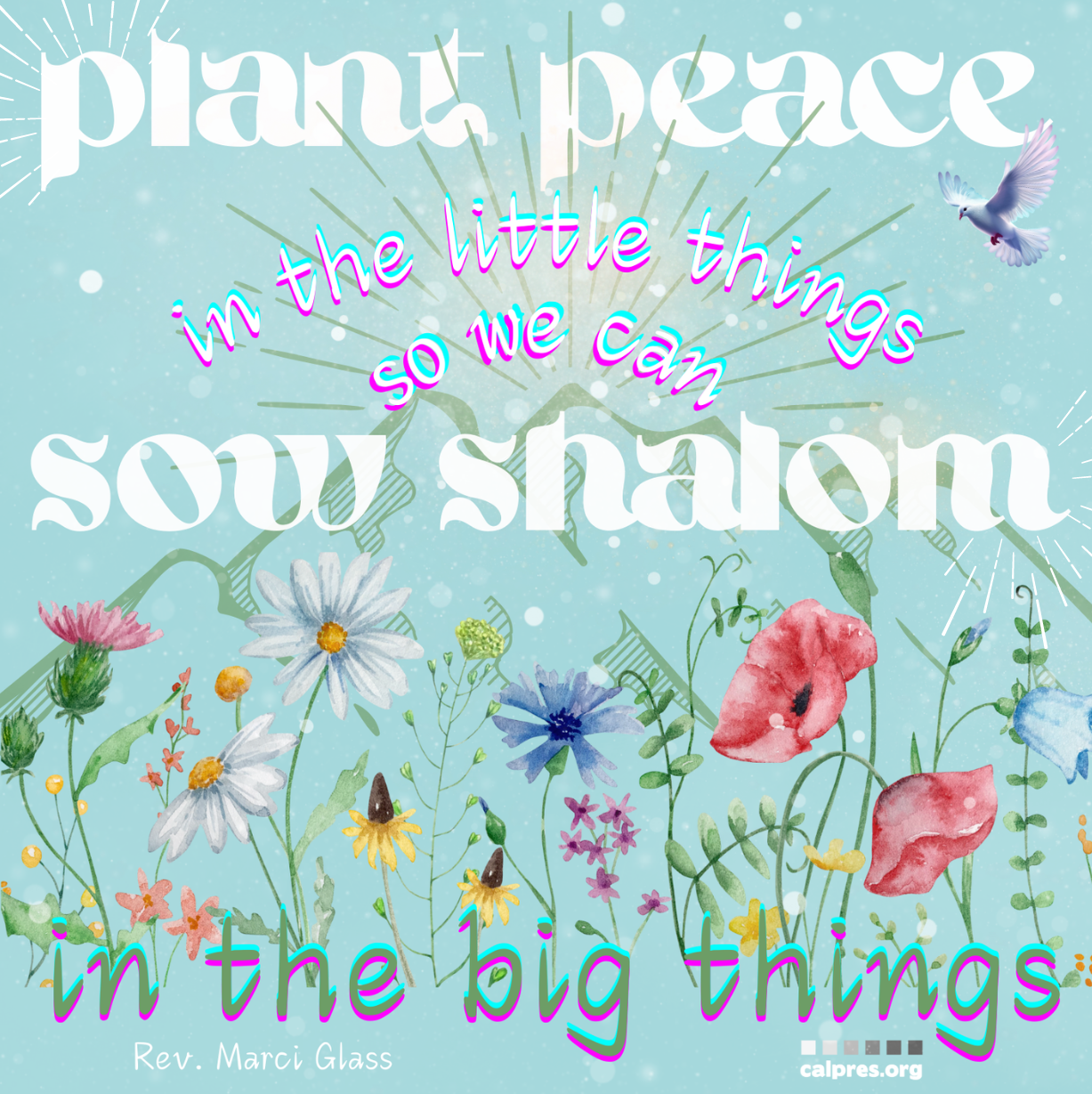
Art by Rachel Wolf
